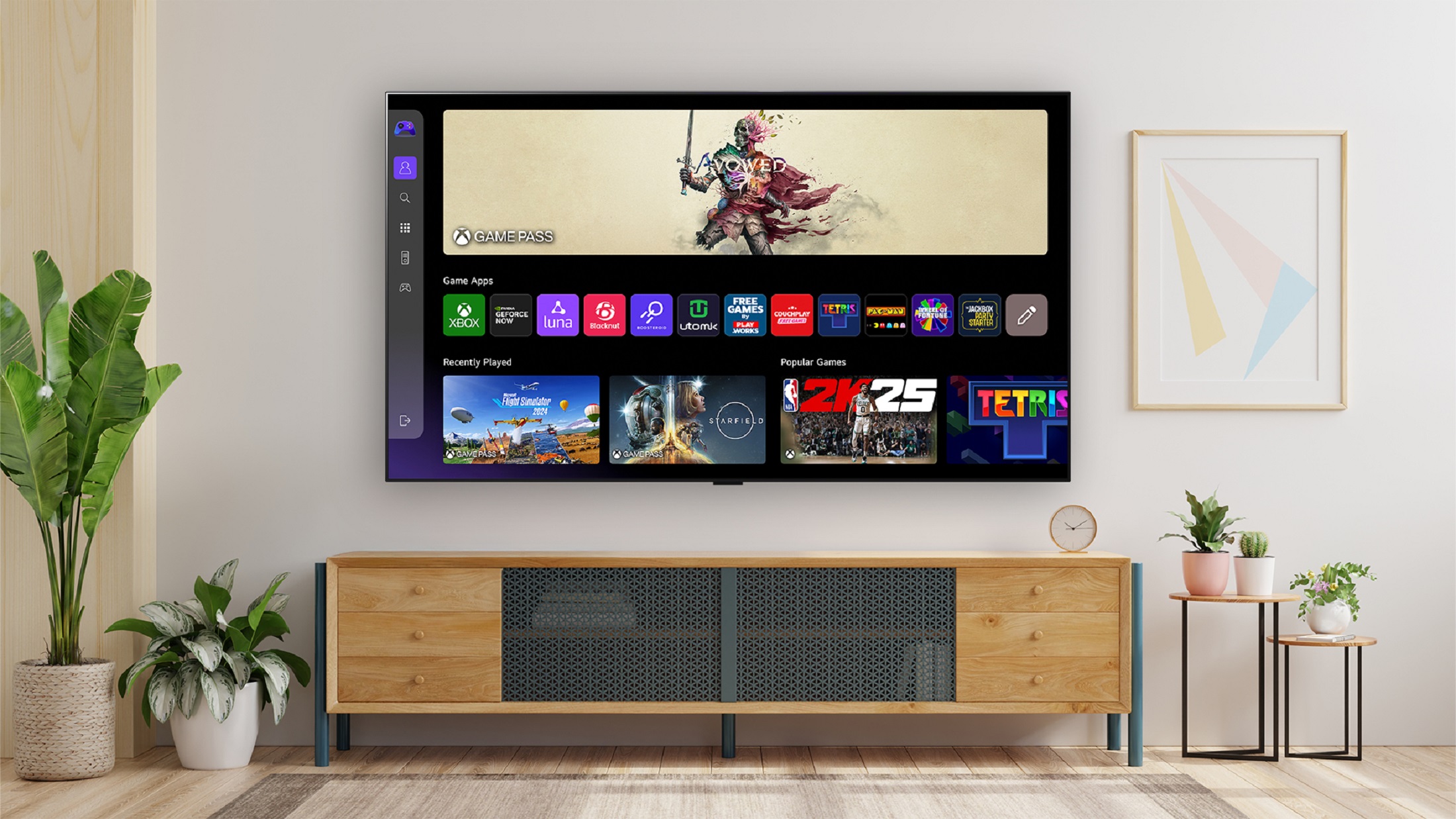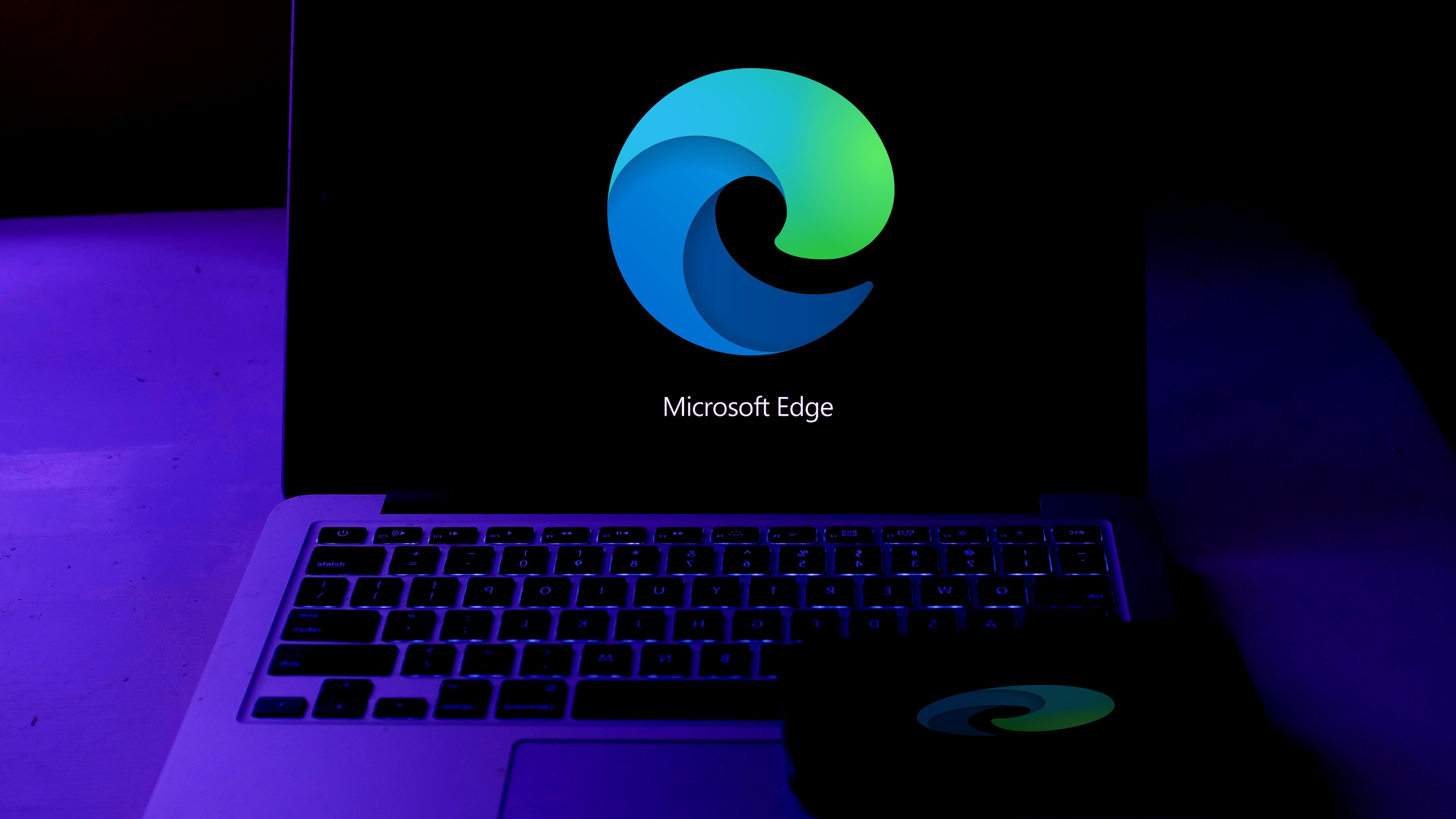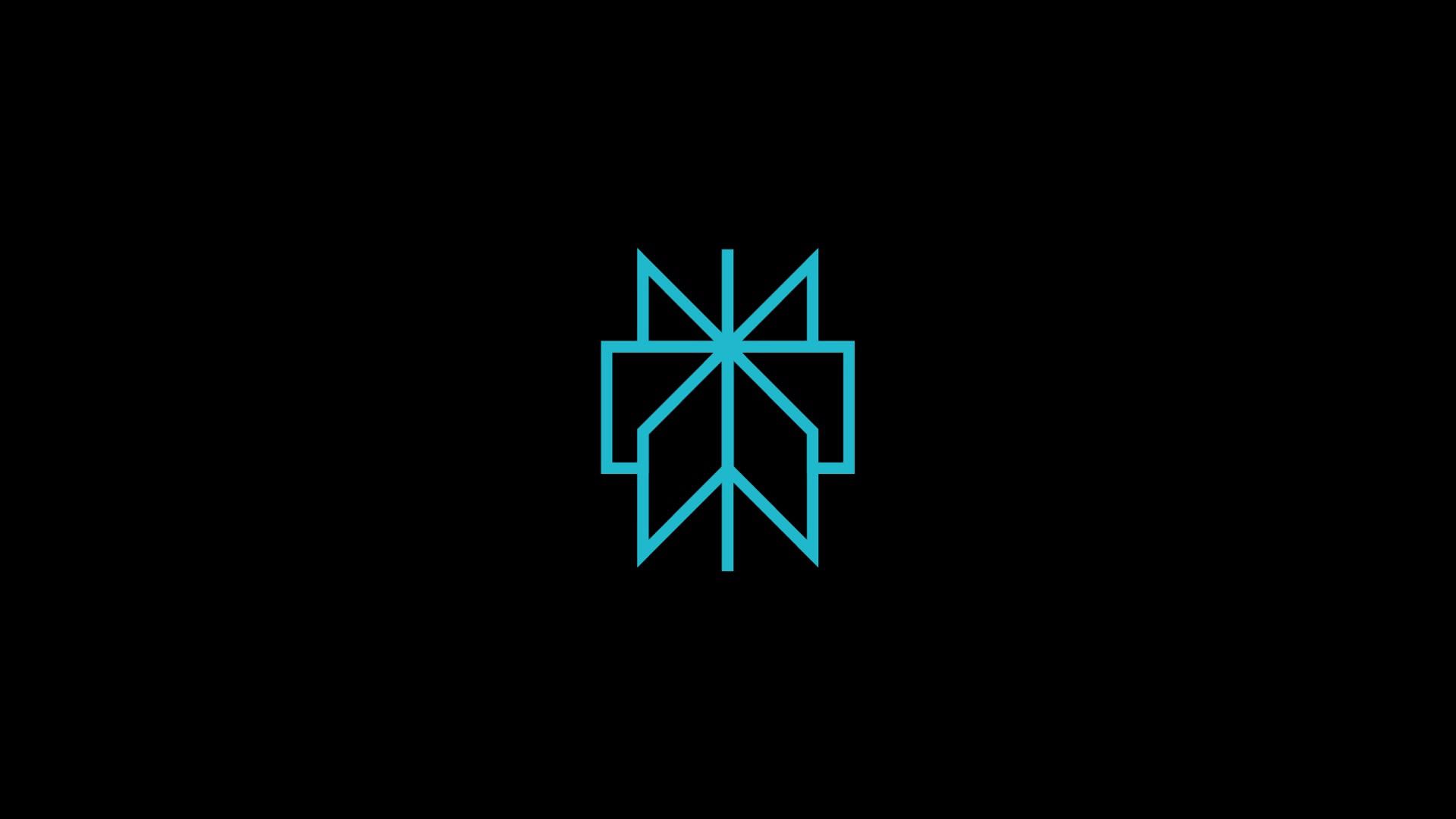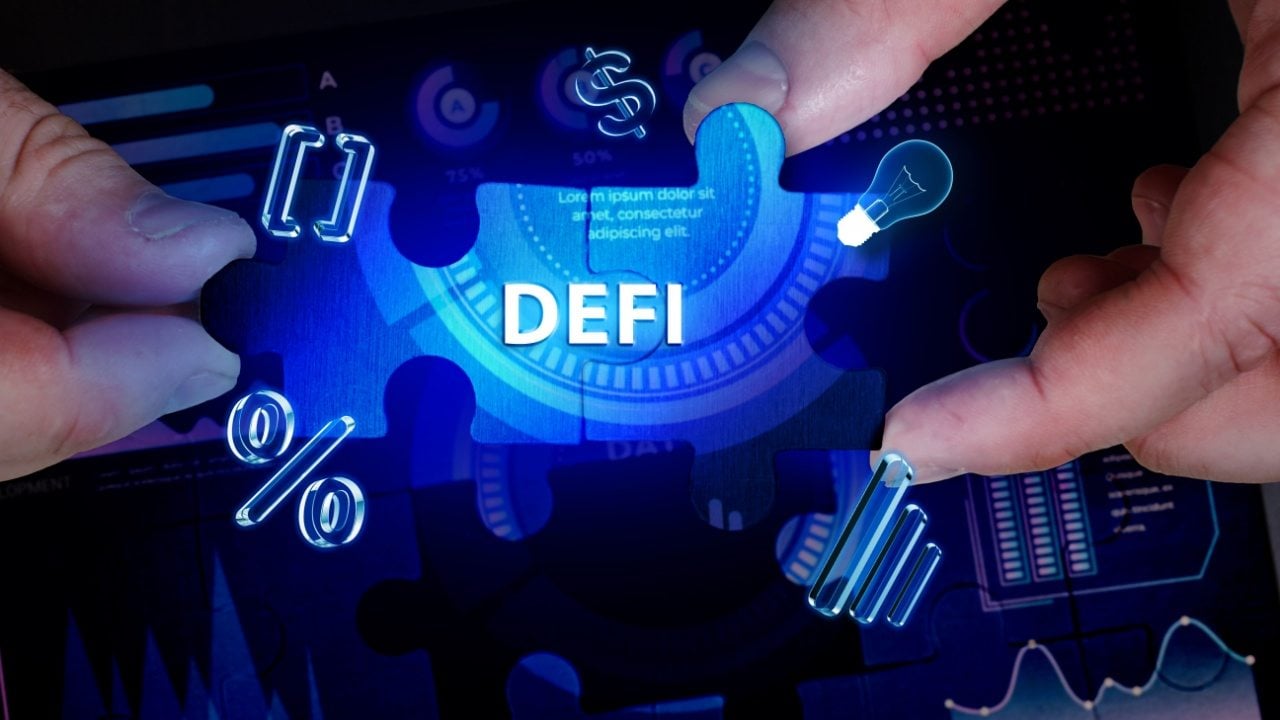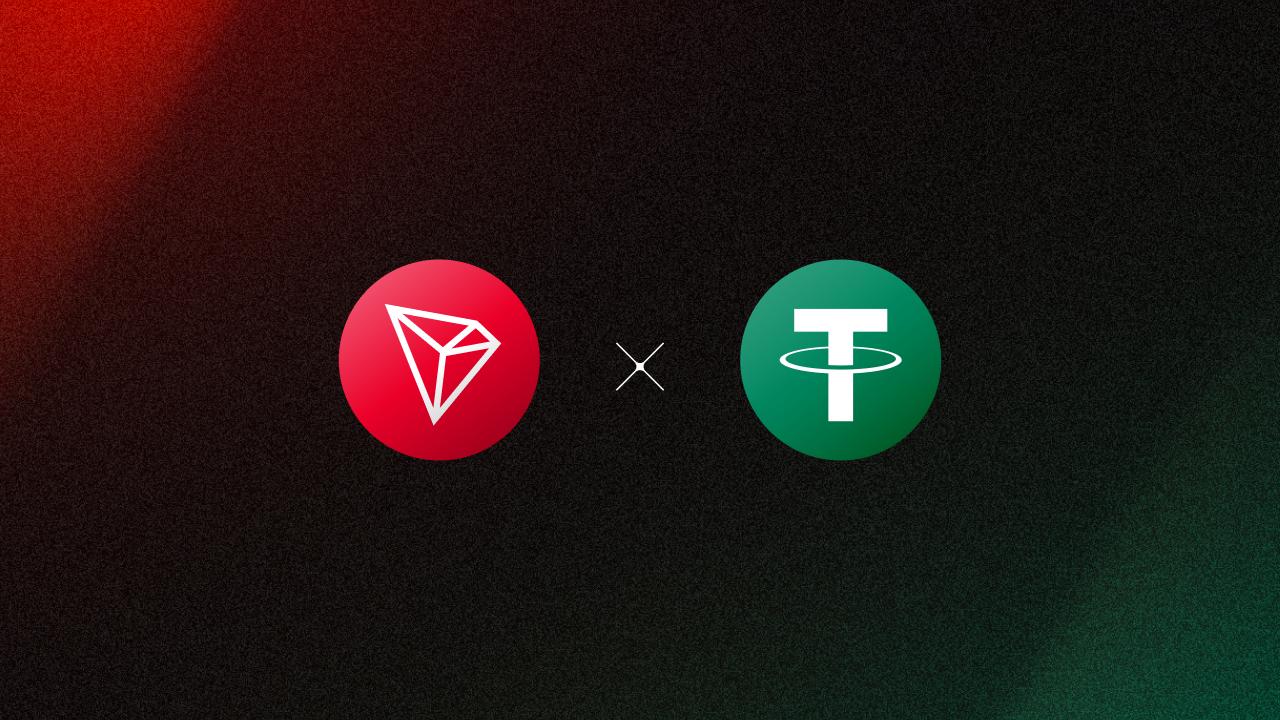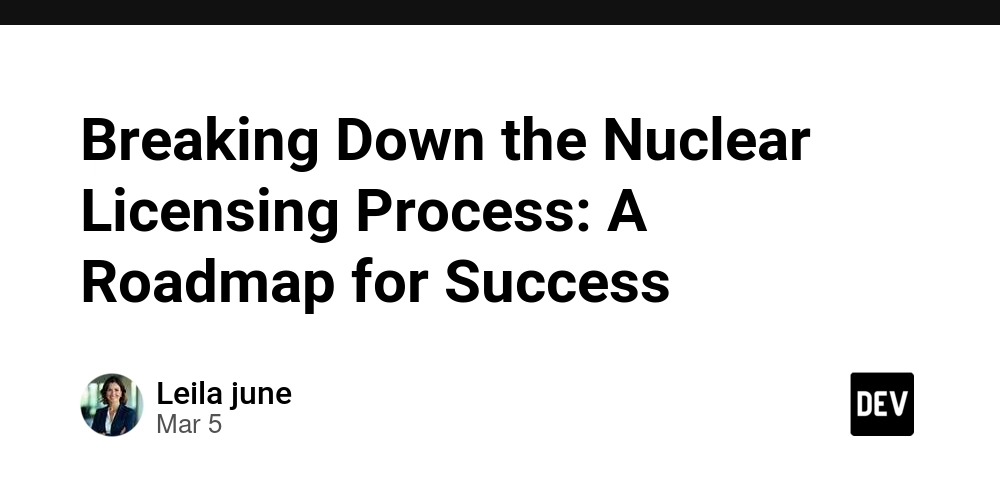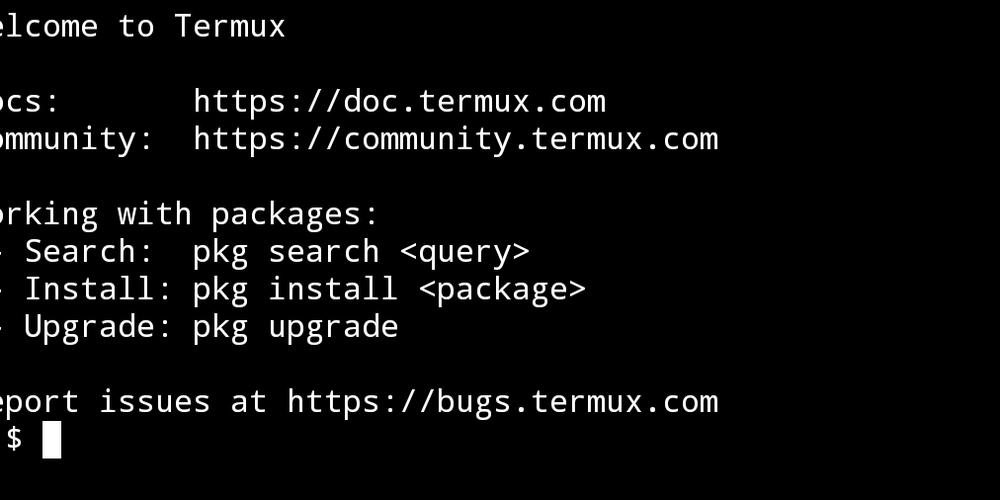GitHub Sponsors, Open Source Sustainability, and Blockchain Integration: A Deep Dive
Abstract This comprehensive post explores the transformation of open source funding and sustainability through evolving platforms such as GitHub Sponsors and the revolutionary use of blockchain technology. We discuss the background of the open source movement, key features of GitHub Sponsors, the integration of blockchain with tokenization and NFTs, practical use cases, challenges to adoption, and emerging trends. With structured tables and bullet lists, this article equips developers, sponsors, and tech enthusiasts with actionable insights and technical knowledge to navigate and harness these innovative funding models. Introduction Open source projects have long relied on community participation and volunteer spirit; however, modern funding requirements call for more sustainable methods. Today, platforms like GitHub Sponsors empower developers by enabling recurring support, while blockchain technologies such as tokenization and NFTs transform how sponsorship and developer compensation are managed. In this post, we provide a deep dive into how these models overlap and complement each other, offering a technical yet accessible guide to open source sustainability. Our discussion incorporates insights from proprietary guides on GitHub sponsorship management and blockchain tokenization methods to deliver a holistic view of the evolving digital ecosystem. Background and Context Historically, open source software thrived on shared innovation and volunteer-driven contributions. Early open source efforts were motivated by ideals of freedom, trust, and a collaborative spirit. Despite this, a need for sustainable funding models emerged as open source technology gained global adoption. GitHub Sponsors emerged as a modern solution, allowing developers to define tiered sponsorships and receive regular contributions from a supportive community. This funding method bridges the gap between volunteer contributions and the need for financial stability. Simultaneously, blockchain technology has made inroads in the open source world by bringing transparency, security, and innovative incentive models to traditional sponsorship platforms. Consider the evolution: Early Open Source: Driven by volunteer work and contributions made without financial rewards. Traditional Fundraising: Crowdfunding and donations were used but often did not offer predictability or stability. Modern Ecosystem: Platforms like GitHub Sponsors offer recurring subscriptions, while blockchain introduces tokenization to represent sponsorships as digital assets. This background sets the stage for a deeper look into the integration of blockchain within established funding platforms, offering transparency and decentralized governance that enhances community trust and participation. Core Concepts and Features The integration of GitHub Sponsors and blockchain is underpinned by several key concepts: GitHub Sponsorship Mechanics GitHub Sponsors simplifies the connection between contributors and their benefactors. Its main features include: Profile Setup: Developers can create a public sponsorship profile outlining different tiers and rewards (such as early access, exclusive content, or direct interaction). For detailed guidelines, refer to How to Become a Sponsored Developer and How to Promote GitHub Sponsors Profile. Active Sponsorship Management: Thanks to a user-friendly platform, sponsors enjoy the flexibility to adjust, cancel, or upgrade their contributions. Improved transparency is enforced by GitHub Sponsors and Privacy. Engagement and Community Building: Beyond monetary transactions, constant developer–sponsor engagement is encouraged to strengthen community bonds and increase project visibility. Blockchain Integration and Tokenization Blockchain offers a transformative alternative through various innovative mechanisms: Tokenized Sponsorships via NFTs: Tokenization allows digital sponsorship tiers to be represented as non-fungible tokens (NFTs). These tokens act as digital certificates of contribution, similar to shares or exclusive badges, and can sometimes even grant voting rights for community decisions. For more insights, check out Sustainability of Open Source through Tokenization. Immutable Transparency and Security: Blockchain’s inherent immutability ensures that every transaction is permanently recorded, bolstering trust and providing a clear audit trail. With smart contracts automating payment and governance, the system reduces intermediaries and prevents disputes. Decentralized Governance: Incorporating blockchain allows funded projects to implement decentralized decision-making. Sponsors might receive tokens that provide access to community voting on key project decisions, further strengthening transparency and democratizing project direction. Overlapping Features and Synergies There is a strong synergy between traditional GitHub Sponsors features and
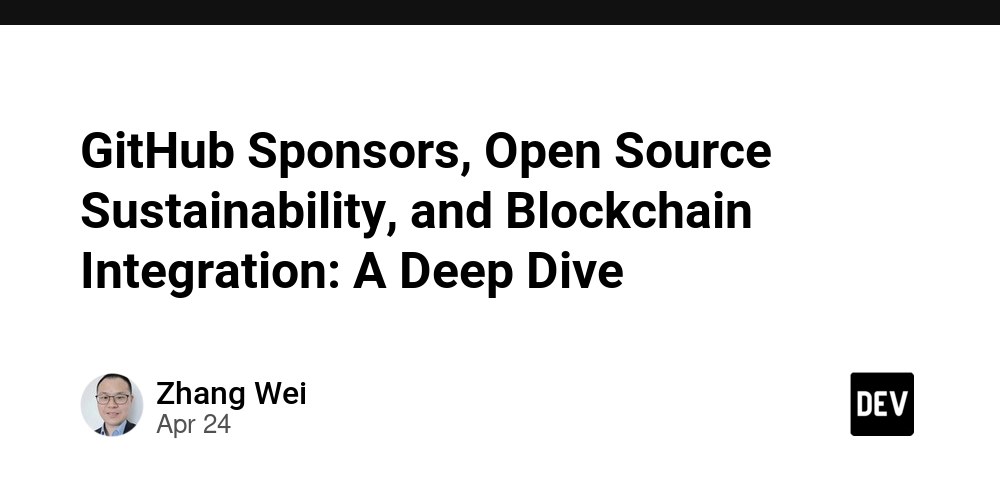
Abstract
This comprehensive post explores the transformation of open source funding and sustainability through evolving platforms such as GitHub Sponsors and the revolutionary use of blockchain technology. We discuss the background of the open source movement, key features of GitHub Sponsors, the integration of blockchain with tokenization and NFTs, practical use cases, challenges to adoption, and emerging trends. With structured tables and bullet lists, this article equips developers, sponsors, and tech enthusiasts with actionable insights and technical knowledge to navigate and harness these innovative funding models.
Introduction
Open source projects have long relied on community participation and volunteer spirit; however, modern funding requirements call for more sustainable methods. Today, platforms like GitHub Sponsors empower developers by enabling recurring support, while blockchain technologies such as tokenization and NFTs transform how sponsorship and developer compensation are managed. In this post, we provide a deep dive into how these models overlap and complement each other, offering a technical yet accessible guide to open source sustainability. Our discussion incorporates insights from proprietary guides on GitHub sponsorship management and blockchain tokenization methods to deliver a holistic view of the evolving digital ecosystem.
Background and Context
Historically, open source software thrived on shared innovation and volunteer-driven contributions. Early open source efforts were motivated by ideals of freedom, trust, and a collaborative spirit. Despite this, a need for sustainable funding models emerged as open source technology gained global adoption.
GitHub Sponsors emerged as a modern solution, allowing developers to define tiered sponsorships and receive regular contributions from a supportive community. This funding method bridges the gap between volunteer contributions and the need for financial stability. Simultaneously, blockchain technology has made inroads in the open source world by bringing transparency, security, and innovative incentive models to traditional sponsorship platforms.
Consider the evolution:
- Early Open Source: Driven by volunteer work and contributions made without financial rewards.
- Traditional Fundraising: Crowdfunding and donations were used but often did not offer predictability or stability.
- Modern Ecosystem: Platforms like GitHub Sponsors offer recurring subscriptions, while blockchain introduces tokenization to represent sponsorships as digital assets.
This background sets the stage for a deeper look into the integration of blockchain within established funding platforms, offering transparency and decentralized governance that enhances community trust and participation.
Core Concepts and Features
The integration of GitHub Sponsors and blockchain is underpinned by several key concepts:
GitHub Sponsorship Mechanics
GitHub Sponsors simplifies the connection between contributors and their benefactors. Its main features include:
Profile Setup:
Developers can create a public sponsorship profile outlining different tiers and rewards (such as early access, exclusive content, or direct interaction). For detailed guidelines, refer to How to Become a Sponsored Developer and How to Promote GitHub Sponsors Profile.Active Sponsorship Management:
Thanks to a user-friendly platform, sponsors enjoy the flexibility to adjust, cancel, or upgrade their contributions. Improved transparency is enforced by GitHub Sponsors and Privacy.Engagement and Community Building:
Beyond monetary transactions, constant developer–sponsor engagement is encouraged to strengthen community bonds and increase project visibility.
Blockchain Integration and Tokenization
Blockchain offers a transformative alternative through various innovative mechanisms:
Tokenized Sponsorships via NFTs:
Tokenization allows digital sponsorship tiers to be represented as non-fungible tokens (NFTs). These tokens act as digital certificates of contribution, similar to shares or exclusive badges, and can sometimes even grant voting rights for community decisions. For more insights, check out Sustainability of Open Source through Tokenization.Immutable Transparency and Security:
Blockchain’s inherent immutability ensures that every transaction is permanently recorded, bolstering trust and providing a clear audit trail. With smart contracts automating payment and governance, the system reduces intermediaries and prevents disputes.Decentralized Governance:
Incorporating blockchain allows funded projects to implement decentralized decision-making. Sponsors might receive tokens that provide access to community voting on key project decisions, further strengthening transparency and democratizing project direction.
Overlapping Features and Synergies
There is a strong synergy between traditional GitHub Sponsors features and blockchain enhancements. These overlapping areas include:
Financial Sustainability:
Both models secure recurring funding to ease developer financial strain. While GitHub Sponsors relies on subscription models, blockchain adds benefits such as token liquidity and tradable digital assets.Enhanced Community Engagement:
Engagement tools—like profile promotions and direct communication—play a similar role for both models. Blockchain tokens additionally empower sponsors with governance rights, reinforcing the participatory culture of open source development.Transparency and Security:
Although GitHub Sponsors already provides transparency through accountability reports, blockchain integration furthers this by offering cryptographically verifiable transaction histories.
The following table summarizes key differences between traditional GitHub sponsorship methods and blockchain-integrated models:
| Aspect | GitHub Sponsors | Blockchain-Integrated Funding |
|---|---|---|
| Transparency | Standard transaction logs | Immutable, cryptographically secured ledger |
| User Experience | Easy-to-use, platform-native interface | Requires blockchain wallet setup and familiarity with smart contracts |
| Governance | Developer-driven with basic sponsor feedback | Decentralized decisions with token-based voting rights |
| Flexibility and Liquidity | Fixed tier benefits with simple cancellation options | Tokenized assets offering potential liquidity and tradable sponsorships |
| Security | Relies on GitHub’s established processes and policies | Enhanced via blockchain’s cryptographic expertise and automated smart contracts |
Bullet List of Key Blockchain Benefits:
- Enhanced Transparency: Every transaction is permanently recorded on the blockchain.
- Digital Ownership: NFTs provide verifiable proof of contributions.
- Decentralized Governance: Token-based voting instills democratic project management.
- Interoperability: Blockchain networks can seamlessly integrate, ensuring fast and secure fund transfers.
Applications and Use Cases
The combined use of GitHub Sponsors and blockchain technology can be applied across various domains. Below are three practical examples:
Use Case 1: Funding Open Source Development Teams
A dedicated team working on cutting-edge security software uses GitHub Sponsors for steady monthly funding. They integrate blockchain-based NFTs to represent various sponsorship tiers, ensuring sponsors receive digital badges that also serve as governance tokens.
- Scenario: The team creates detailed profiles on GitHub, outlining rewards such as early beta access and personalized sessions.
- Blockchain Integration: Sponsorship tiers are tokenized, and each sponsor receives an NFT that unlocks voting rights on new features.
- Outcome: The project witnesses increased engagement, funding stability, and a sense of community ownership—a model further discussed in Benefits of GitHub Sponsors for Developers.
Use Case 2: Enhancing Developer Compensation and Recognition
Individual developers, especially those contributing to popular open source libraries, often face income fluctuations. By combining recurring payments from GitHub Sponsors and blockchain-based NFT rewards, these developers can create a diversified revenue stream while boosting their reputation.
- Scenario: A celebrated open source developer uses GitHub Sponsors to secure recurring financial support.
- Blockchain Integration: They mint NFTs as digital badges that grant holders special privileges, such as exclusive access to future code releases or revenue-sharing opportunities.
- Outcome: The developer enjoys financial stability, greater community recognition, and the innovative advantage of tradable digital assets, thus maximizing both tangible and intangible benefits.
Use Case 3: Community-Driven Project Governance
Open source projects increasingly pursue decentralized governance to empower contributors. By combining GitHub Sponsors funding with blockchain-enhanced governance, projects can democratize decision-making.
- Scenario: A widely used open source project decides to adopt a blended funding model using GitHub Sponsors and blockchain.
- Blockchain Integration: Sponsors receive tokenized votes via NFTs, allowing them to participate actively in decisions regarding resource allocation, new feature implementations, and community events.
- Outcome: This hybrid approach ensures long-term project resilience and a deeper sense of ownership among the community.
Additional Applications
Other sectors finding success with these models include:
- Educational Platforms: Funding open source tools for online learning and granting NFT-based certificates.
- Corporate Sponsorships: Enterprises can sponsor missions-critical projects, benefiting from blockchain's transparency to monitor their contributions.
- Crowdfunding for Emerging Technologies: Startups developing innovative blockchain solutions combine traditional sponsorships with NFT rewards to boost early-stage investment.
Challenges and Limitations
Despite promising potential, integrating GitHub Sponsors with blockchain-driven models faces several challenges:
Technical and Security Challenges
- Smart Contract Complexity: Blockchain-based systems rely on smart contracts, which must be rigorously audited to prevent vulnerabilities. Improper contracts may expose funds to security risks.
- User Onboarding: Transitioning to a blockchain-based model requires users to familiarize themselves with wallet setups and cryptocurrency management, which may deter non-technical sponsors.
- Interoperability Issues: Seamlessly integrating GitHub’s centralized infrastructure with decentralized blockchain networks poses unique technical challenges.
- Regulatory Concerns: As blockchain regulations continue to evolve, ensuring compliance across multiple jurisdictions introduces additional complexity.
Adoption and Cultural Challenges
- Resistance to Change: Developers and sponsors accustomed to traditional funding methods may hesitate to adopt blockchain alternatives due to perceived complexity and risk.
- Knowledge Gaps: Limited understanding of NFTs and tokenization can slow adoption rates among less technically inclined community members.
- Transaction Costs: High blockchain transaction fees (gas fees) during network congestion can hamper efficiency, especially for micro-donations.
Financial and Operational Risks
- Cryptocurrency Volatility: Fluctuations in token and NFT values can undermine financial stability for both developers and sponsors.
- Platform Dependence: Both GitHub Sponsors and blockchain platforms are vulnerable to technical issues and cyberattacks that may disrupt funding flows.
Mitigation Strategies
Developers and project managers overcome these challenges by:
- Conducting Rigorous Audits: Regular, thorough audits of smart contracts and blockchain systems reduce potential vulnerabilities.
- Providing User Education: Comprehensive guides and tutorials help non-technical users adopt blockchain tools more confidently.
- Implementing Hybrid Solutions: Utilizing Layer 2 solutions or hybrid models can mitigate high transaction fees while preserving blockchain benefits.
- Ensuring Regulatory Compliance: Working closely with legal experts and regulatory bodies is essential for maintaining compliance across borders.
Future Outlook and Innovations
The future of open source funding, driven by the convergence of GitHub Sponsors and blockchain technologies, holds vast opportunities:
Emerging Trends
- Widespread Adoption of Tokenization: Tokenized sponsorship models could become the standard for developer compensation, with NFTs representing everything from digital access passes to governance rights.
- Interoperability Enhancements: Innovations aimed at bridging GitHub’s infrastructure with decentralized networks will facilitate more seamless integrations.
- Advanced Decentralized Governance: Future systems may feature sophisticated, token-based voting mechanisms enhanced by AI-driven analytics for improved decision-making.
- Improved User Experience: New UI/UX developments will hide the complexities of blockchain operations, making the systems more accessible to sponsors and developers alike.
Innovations in Funding Models
- Hybrid Funding Approaches: Combining traditional subscription methods with blockchain tokenomics can create a more diversified and resilient funding ecosystem.
- Revenue Sharing Models: Blockchain offers the possibility of revenue-sharing beyond simple sponsorship payments, rewarding contributors with proportional shares in project success.
- Integration with Emerging Technologies: Merging blockchain with AI and data analytics could lead to real-time tracking of sponsorships, enabling smoother operations and predictive insights for resource allocation.
- Enhanced Transparency and Accountability: Decentralized finance (DeFi) frameworks may become integral for verifying funding sources and disbursements, addressing concerns regarding privacy and misuse.
The Role of Global and Institutional Adoption
Global institutions and major corporations are increasingly embracing blockchain technology for transparency and efficiency. This trend is likely to accelerate investment into open source projects, further democratizing innovation. Projects that can blend the simplicity of GitHub Sponsors with blockchain’s advanced features might see institutional backing, robust community governance, and widespread adoption.
For further reading on similar perspectives, explore related developer insights from Dev.to’s comprehensive guide on tracking sponsorship earnings and the future of blockchain project funding and sustainable open source innovations.
Summary
In conclusion, the integration of GitHub Sponsors with blockchain technology represents an exciting frontier for the open source community. Through this model, developers can secure predictable, recurring funding while leveraging blockchain’s benefits—such as enhanced transparency, security, and decentralized governance—to build sustainable and robust ecosystems.
Key takeaways include:
- GitHub Sponsors provides an easy and effective platform for establishing recurring support through tier-based sponsorships.
- Blockchain integration brings innovative mechanisms like NFT tokenization and decentralized governance, ensuring unmatched transparency and security.
- Real-world use cases illustrate significant improvements in project funding, developer compensation, and community engagement.
- Challenges such as smart contract complexity, onboarding hurdles, high transaction fees, and regulatory concerns have prompted tailored mitigation strategies.
- The future outlook is promising, with a growing trend towards hybrid funding models, enhanced interoperability, and institutional adoption driving further innovation.
By combining traditional sponsorship models with emerging blockchain technologies, stakeholders can harness both worlds to create transparent, secure, and community-driven funding systems that empower technological innovation globally.
For further details on privacy considerations, developer benefits, and tokenization strategies, please refer to these essential resources:
- GitHub Sponsors and Privacy
- Benefits of GitHub Sponsors for Developers
- Sustainability of Open Source through Tokenization
Additional insights about blockchain’s role in funding can be found in posts like Arbitrum and Community Governance and Arbitrum and Blockchain Interoperability, as well as emerging discussions on Arbitrum and Ethereum Gas Price.
Overall, the coming years will likely deepen the relationship between open source funding and blockchain, ensuring technological sustainability and innovation remain at the forefront of development. Whether you are a developer seeking financial independence or a sponsor looking to make a tangible impact, embracing these hybrid funding models is a proactive step toward a more equitable and innovative digital future.







































































































































































![[The AI Show Episode 144]: ChatGPT’s New Memory, Shopify CEO’s Leaked “AI First” Memo, Google Cloud Next Releases, o3 and o4-mini Coming Soon & Llama 4’s Rocky Launch](https://www.marketingaiinstitute.com/hubfs/ep%20144%20cover.png)


















































































































![yaps[dot]chat - one-time end-to-end encrypted anonymous chats. now Open-Source!!](https://media2.dev.to/dynamic/image/width%3D1000,height%3D500,fit%3Dcover,gravity%3Dauto,format%3Dauto/https:%2F%2Fdev-to-uploads.s3.amazonaws.com%2Fuploads%2Farticles%2F1m7ads99lbphtyw35iah.png)
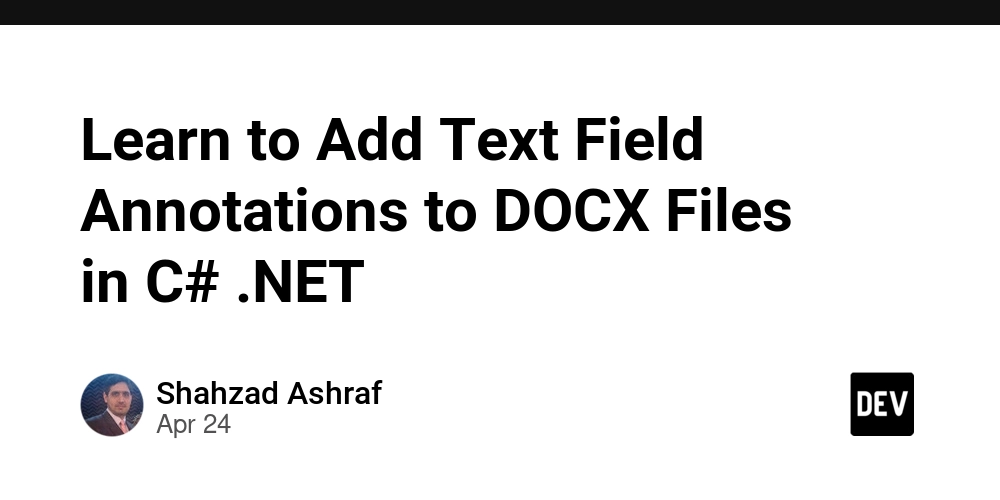
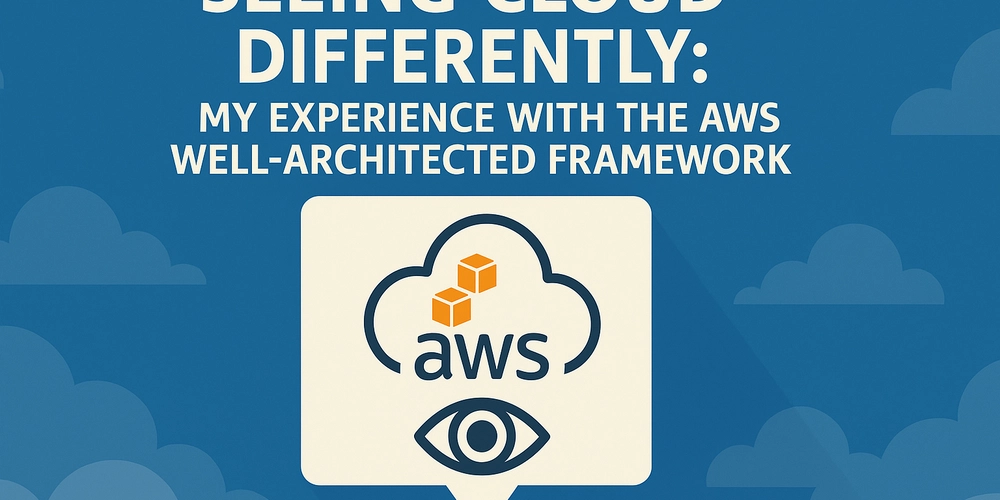












![[DEALS] Sterling Stock Picker: Lifetime Subscription (85% off) & Other Deals Up To 98% Off – Offers End Soon!](https://www.javacodegeeks.com/wp-content/uploads/2012/12/jcg-logo.jpg)



















































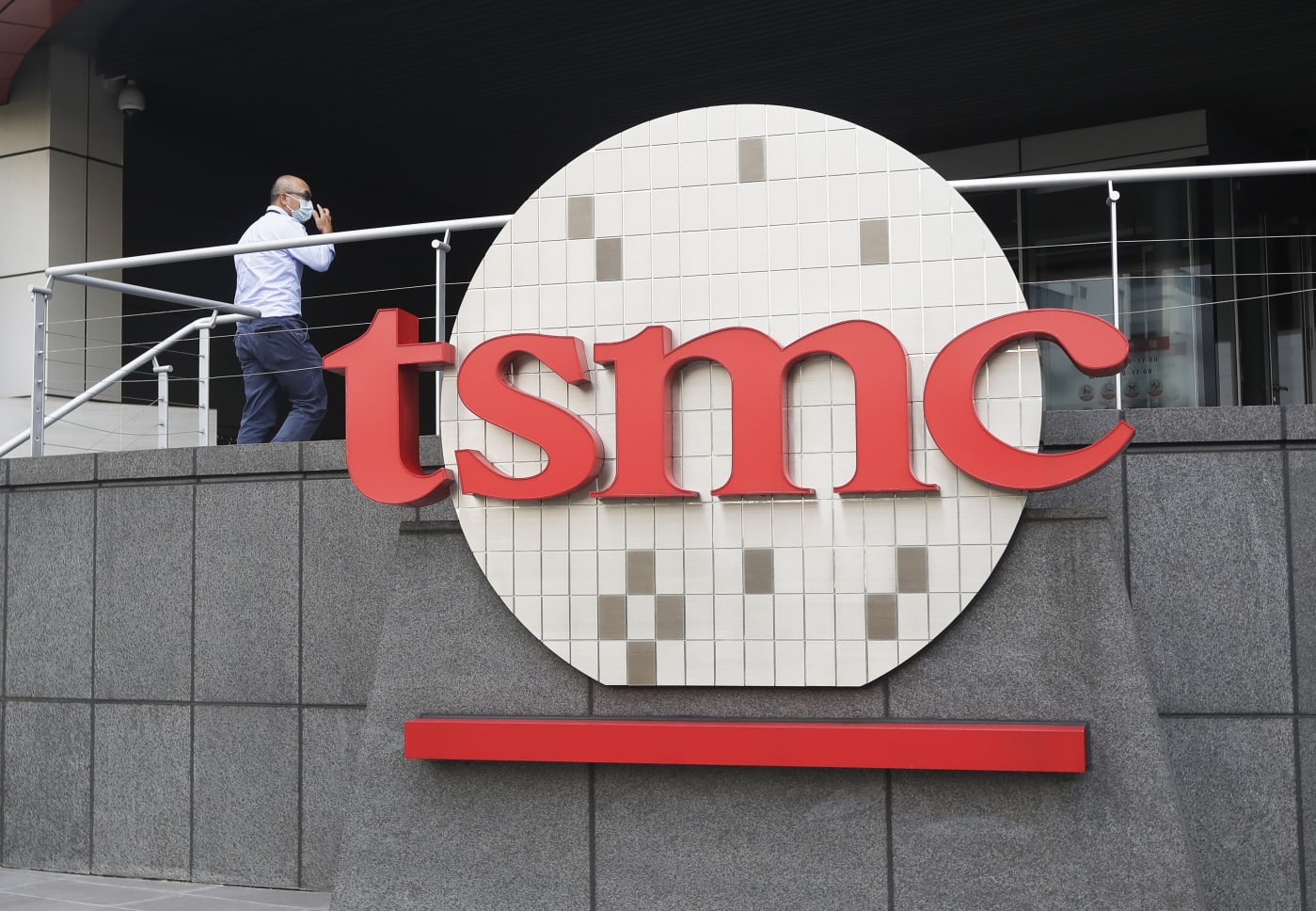
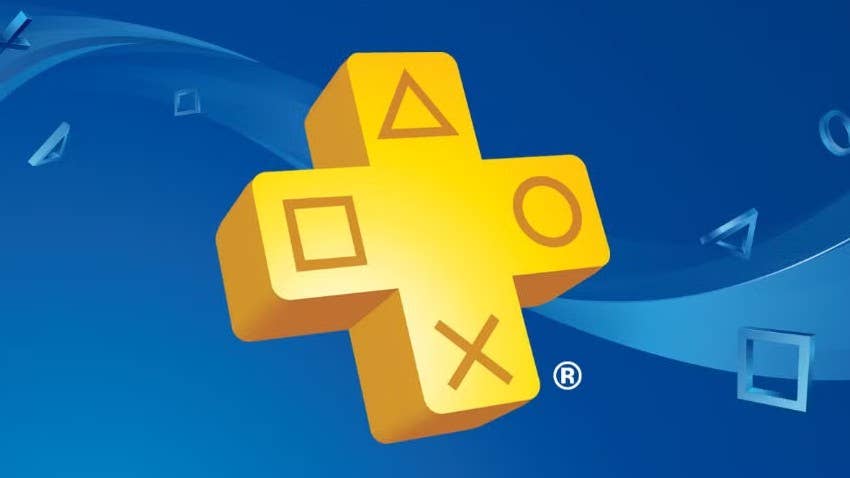






























































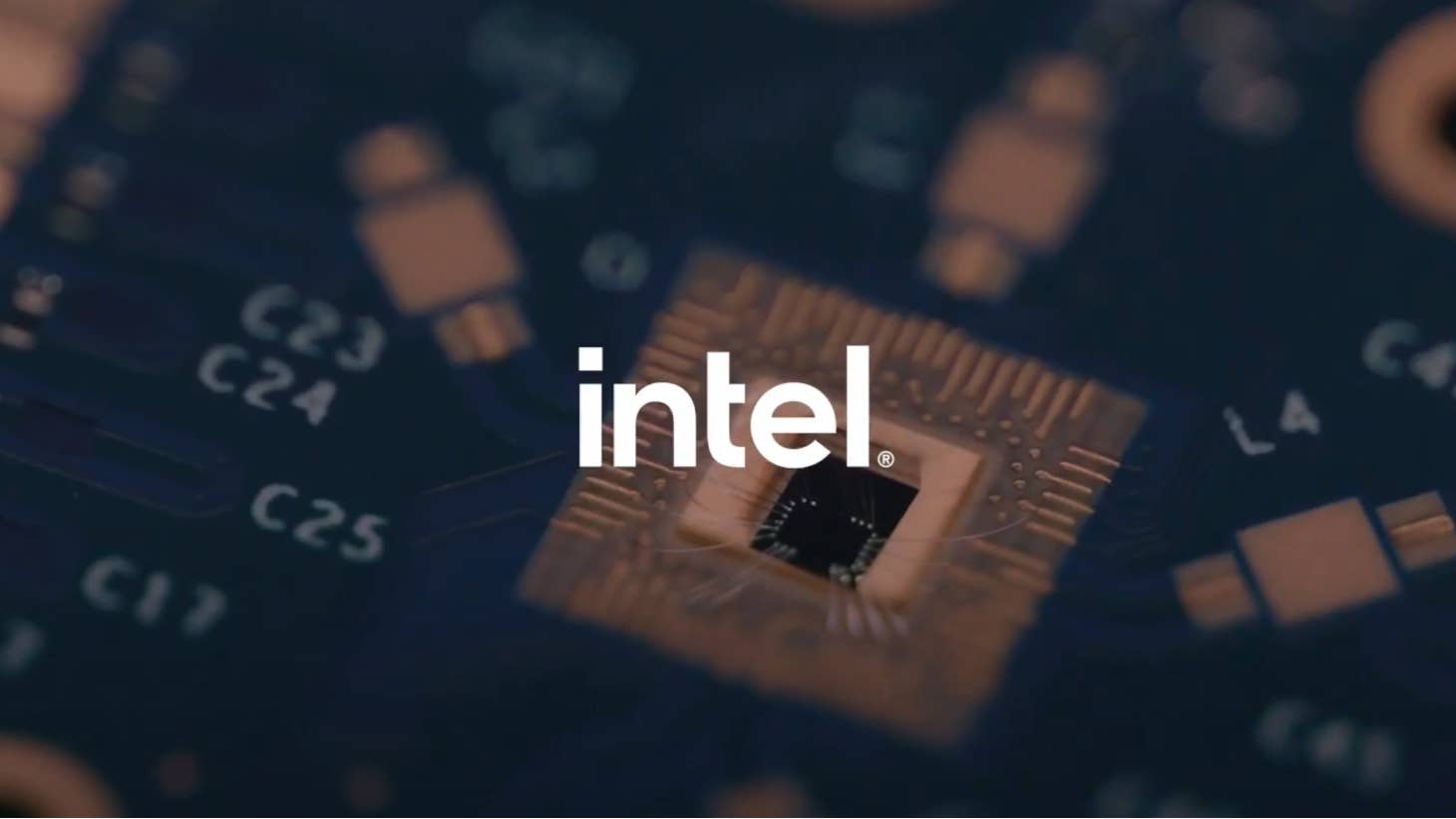




























_Olekcii_Mach_Alamy.jpg?width=1280&auto=webp&quality=80&disable=upscale#)











































































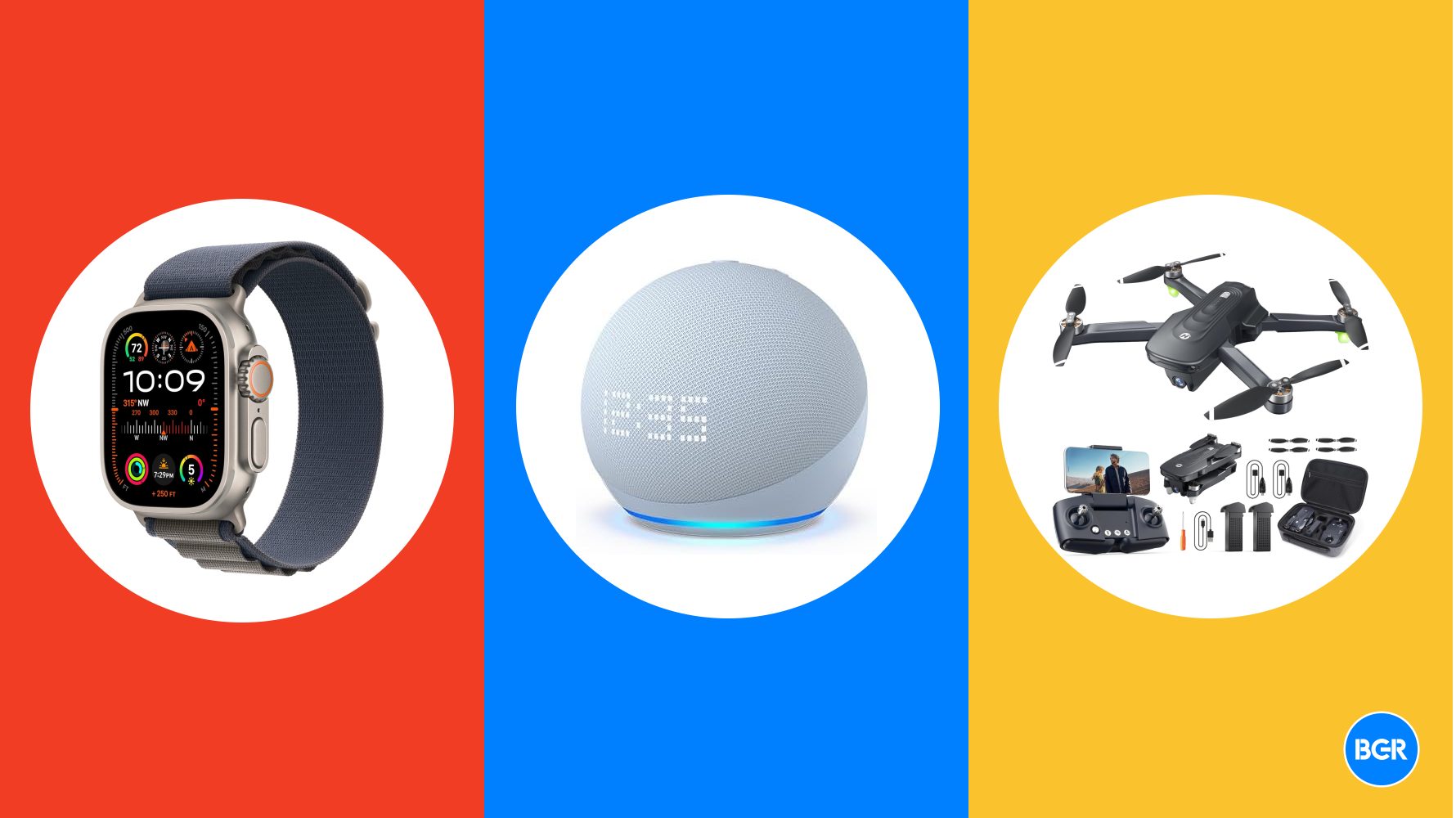










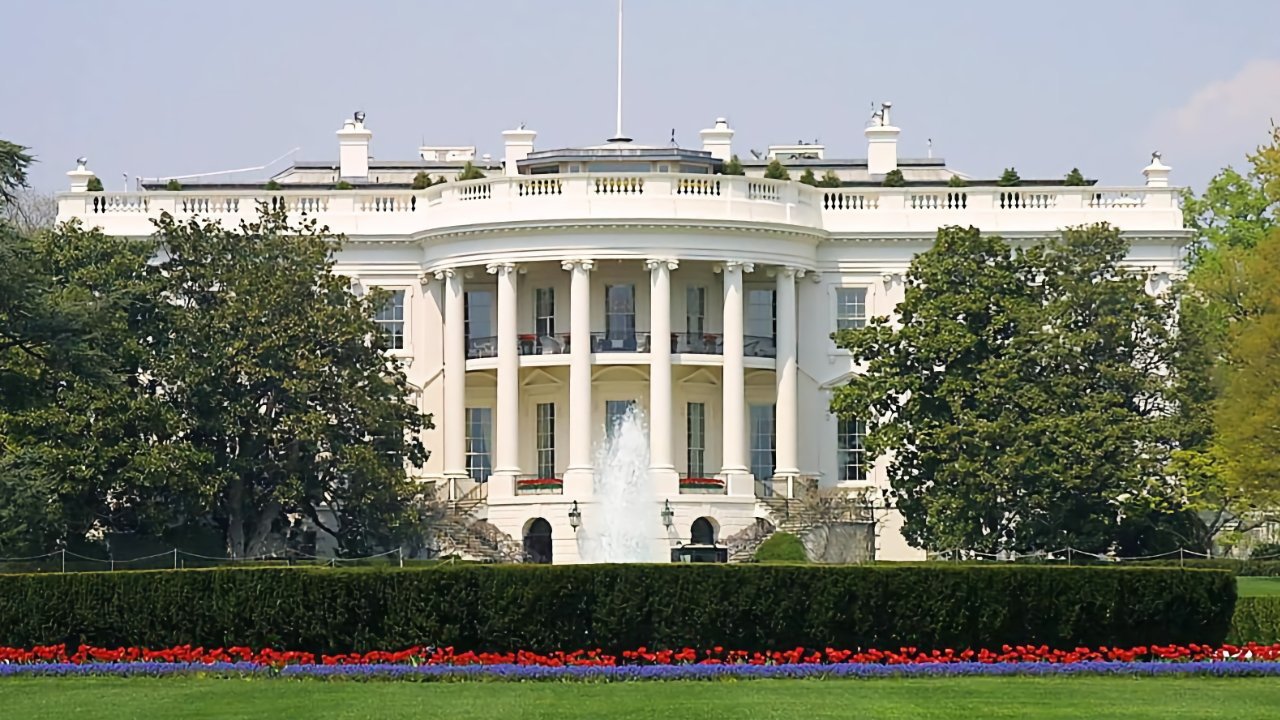























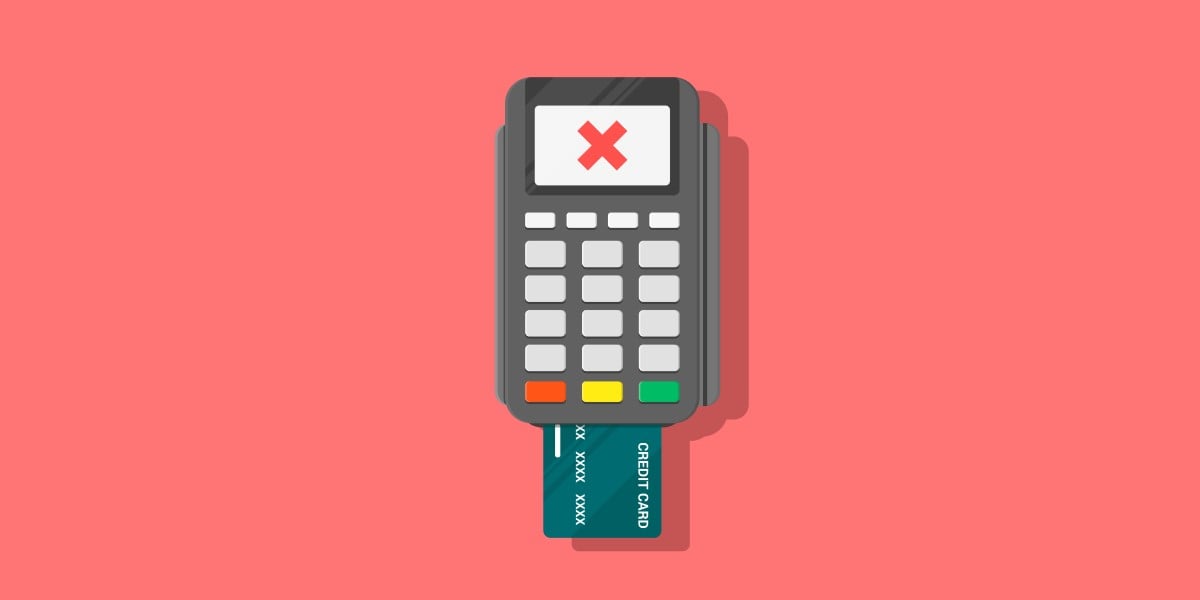


![M4 MacBook Air Drops to New All-Time Low of $912 [Deal]](https://www.iclarified.com/images/news/97108/97108/97108-640.jpg)
![New iPhone 17 Dummy Models Surface in Black and White [Images]](https://www.iclarified.com/images/news/97106/97106/97106-640.jpg)















